The taifa period came to an end with the Almoravid invasion of al-Andalus in 1091
By Nick Nutter | Updated 11 Apr 2023 | Andalucia | History |
Login to add to YOUR Favourites or Read Later
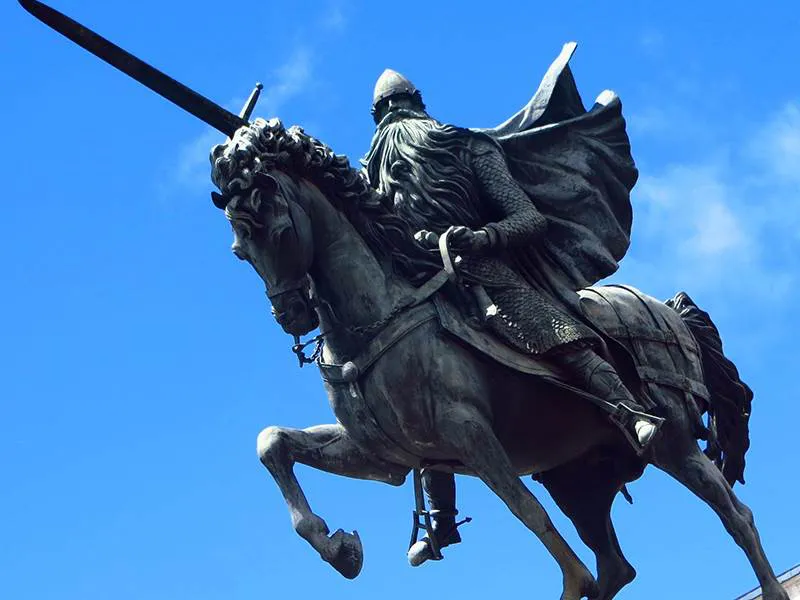
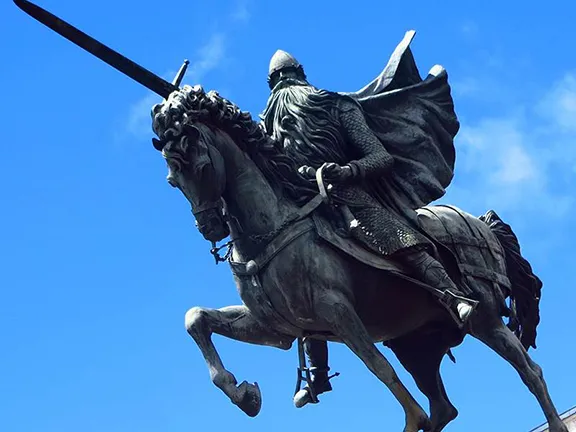
Statue of El Cid
In 1086 AD, the kings of the taifas in al-Andalus were under considerable pressure from encroaching Christian forces led by Alfonso VI, King of León and Castile following the latter’s conquest of the strategically placed taifa of Toledo in 1085 AD. The kings appealed for help in ‘saving Islam in al-Andalus’ to the powerful Berber confederation in North Africa, the Almoravids.
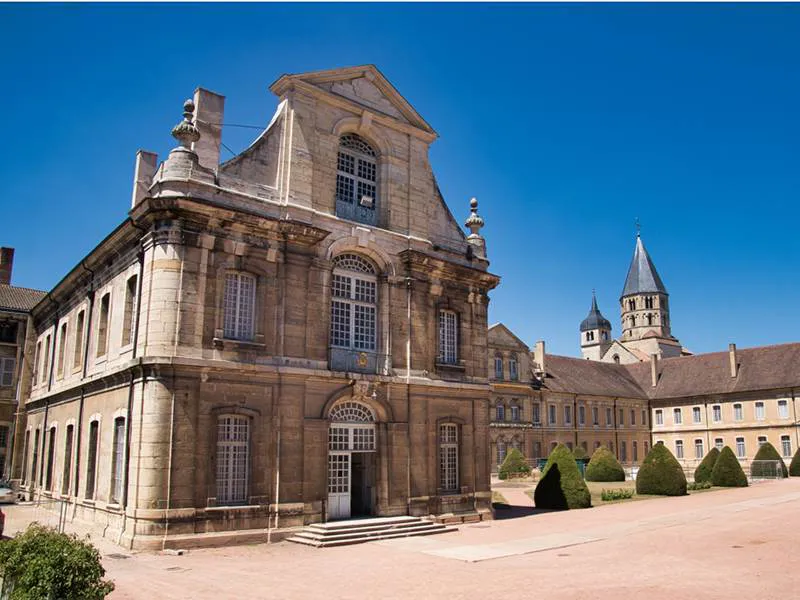
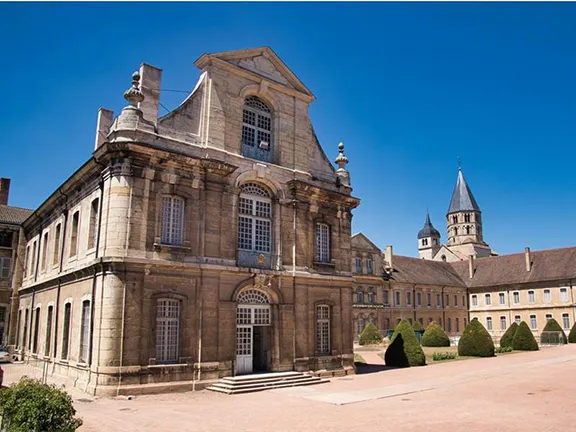
Cluny Abbey
The Almoravid ruler, Yusuf ibn Tashufin, brought his army into al-Andalus from North Africa and marched to Badajoz where, in 1086, he defeated a Castilian army under Alfonso VI at the Battle of Sagrajas, so called because of the poor footing caused by the tremendous amount of blood shed that day. Yusuf was unable to consolidate his victory and returned to the Maghreb to settle a dispute that had arisen there.
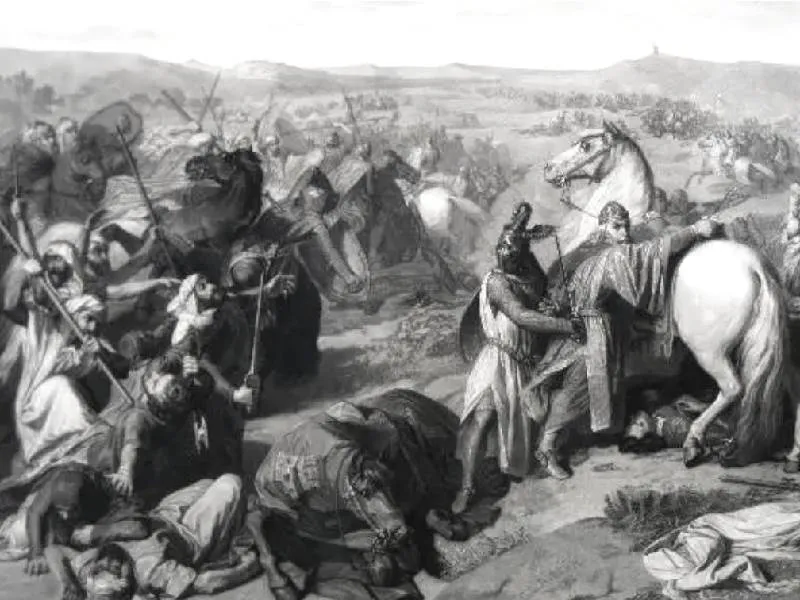
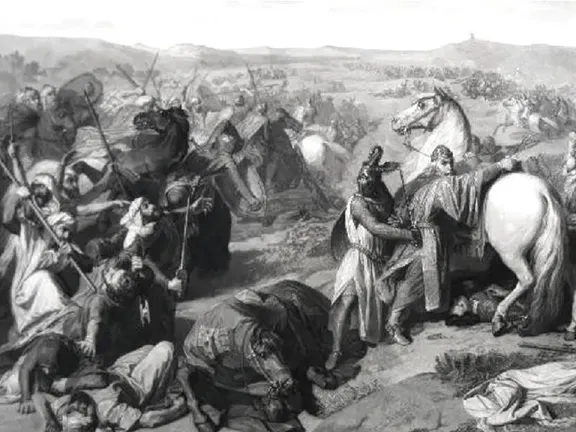
Battle of Sagrajas
In 1088, Alfonso VI, laid siege to, and took, the town of Aledo in Murcia. Yusuf realised that the only way to save Islam in al-Andalus was to unite the taifas against the Christians. He returned to al-Andalus in 1090 and embarked on a mission to end the taifas beginning with Granada and Málaga. The majority of the population in the Iberian peninsula supported the Almoravids during this endeavour because of the heavy taxation levied upon them by the spendthrift kings of the taifas. The heavy duties were decried even by the clerics back in the Middle East. Those clerics issued a fatwa to the effect that Yusuf was of sound morals and had the religious right to dethrone the kings in al-Andalus.
With God and the people on his side, Yusuf dethroned the kings of Almería and Seville in 1091 and Badajoz in 1093. Only Rodrigo Diaz de Vivar, El Cid, was able to resist and he established a new taifa, the independent kingdom of Valencia. El Cid died in 1099 AD. Valencia remained independent until 1101 when the taifa was evacuated and the military forces sought safety in Castile. They took with them the body of El Cid who was eventually buried in Burgos Cathedral. Now unopposed, the Almoravids, led by Yusuf, occupied Valencia in 1102 AD. The city was to remain under Muslim rule for 125 years.
The Almoravids then took Zaragoza, previously allied to Valencia, in 1110 AD after determined resistance from the powerful Banu Hud family. The last sultan of the Banu Hud, Abd-al-Malik was forced to abandon the capital. Abd-al-Malik allied himself with the Christian Aragonese under Alfonso I of Aragon and from then on the Muslim soldiers of Abd-al-Malik served in the Aragonese forces.
Al-Andalus was once again as united as it had been under the Caliphate of Córdoba with significant differences. Firstly it was no longer independent, being ruled as a colony from Marrakesh and secondly the territory was considerably reduced due to the incursions made by the Christian kingdoms.
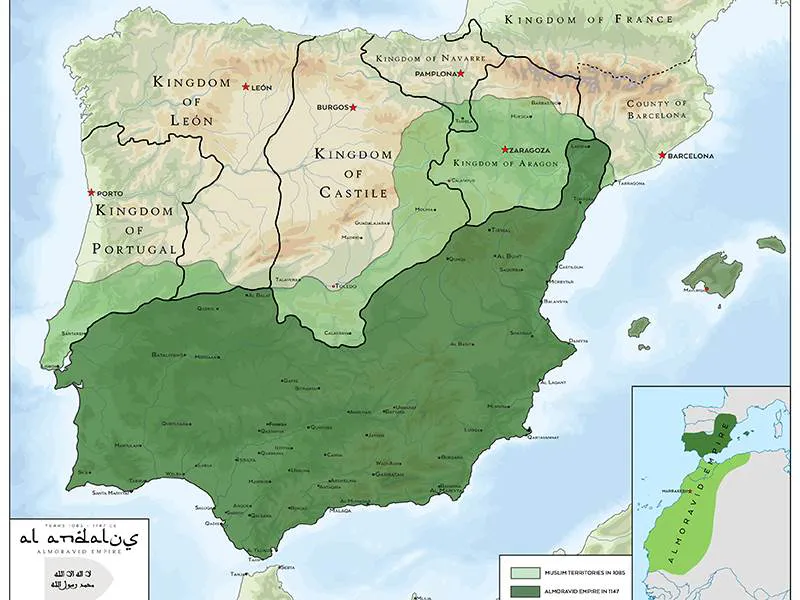
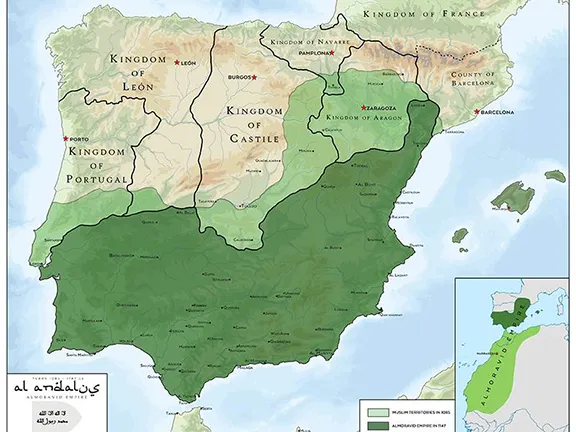
al-Andalus in 1147
The Almoravids had little time for the Muslims of al-Andalus. Observing a more fundamentalist view of Islam they despised the lavish lifestyles enjoyed by the Andalusi. For their part, most of the Andalusi, despite their initial support, came to object to the puritanism of the Almoravids and, on occasion, felt the need to rebel against them. Only the Andalusi religious leaders continued to welcome them. To the Almoravids, Muslim al-Andalus had lost its religious commitment; to the Andalusi their austere conquerors were little more than uncouth, desert barbarians.
The Almoravids also disapproved strongly to the subservience of their co-religionists to Christians, and particularly opposed the payment of the parias to non-Muslims, which was prohibited by Islamic law (the Shari’ah), and were appalled at the positions of authority enjoyed by Christians and Jews in Andalusi society.
Tension increased in 1099 when Yusuf Ibn Tashufin ordered the destruction of a church in Granada. Attitudes hardened, hostility increased, and persecution became widespread, obliging many Christian and Jews to emigrate to the Christian north.
In the Christian kingdoms of northern Spain, anti-Islamic feelings increased in the face of Almoravid aggression and intolerance; they were exacerbated, too, by the disappearance of the lucrative parias that were cut off when the Almoravids finally took over the taifas.
The cessation of the parias had an unforeseen effect. The Abbey at Cluny in France had been a beneficiary in a second-hand way. The kings of Castile-León had been using income from the parias to finance the abbey to the tune of 120 ounces of gold per year. The Spanish Christian kingdoms had close relationships with the Abbey of Cluny. One of Alfonso VI’s wives was the niece of the Abbot of Cluny. The first archbishop of the reconquered Toledo (1085) was Bernard, a monk from Cluny and Bernard was accompanied by numerous like-minded clergy who took charge of many dioceses in Castile. The Cluniacs were instrumental in propagating the cult of St James and in establishing the pilgrim route along the north of Spain and Pope Urban II was a French noble and originally a monk at Cluny. In 1095 AD, Pope Urban II called upon Christians to ‘undertake an armed pilgrimage’ to the Holy Land to retake Jerusalem, a city that had been held by the Muslims since 638 AD. Jerusalem was taken in 1099 and the crusaders returned to Europe.
With the penurious plight of Cluny in mind, Pope Urban II encouraged French knights and monks to join the knights returning from the First Crusade and, spurred on by promises of remission of all their sins and unlimited booty, march over the Pyrenees to help the Iberian Christians rid the Peninsula of the Muslim infidels. Although this added assistance undoubtedly helped, the French were often dumbfounded by the attitude of their allies to the Muslims. Both sides had lived alongside each other, often uneasily but at times in relative harmony. Religion may have divided them, but religion was more often trumped by politics and self-preservation. At different times, Christians and Moorish leaders had sought each other’s help against their co-religionists, and mercenaries from each side were commonplace.
As a result the Christians, in French eyes, were overly generous towards the Muslims. Bishop Jerome, from Cluny, and associated French knights and monks, were enthusiastic crusaders bent on killing as many Muslims as possible, whilst the Iberian Christians were more interested in looting and allowing defeated Muslims to escape.
The occupation of Zaragoza in 1110 was the beginning of the end for the Almoravids in al-Andalus. The Aragonese king, Alfonso I, and his stepson, Alfonso VII of Castile, along with assorted French crusaders, launched Christian assaults along the whole northern border of Islam in the Iberian Peninsula. In 1118 AD, Zaragoza was taken by Alfonso I together with large tracts of territory in the upper Ebro valley.
The assaults in the north had unfortunate consequences in the south. Muslims started to suspect their Mozarab neighbours of being spies for the Christian forces. In 1125 AD, Mozarabs in Granada rebelled in protest at these unjust charges. The Granada rebellion encouraged Alfonso I, king of Aragon to lead a raid into al-Andalus the same year. On his return to Aragon, thousands of Mozarabs accompanied him, whilst many others headed for the recently reconquered Toledo. Reprisals were swift. Thousand of the remaining Mozarabs in the south were shipped off to Morocco in 1126 AD.
At a time when Almoravid efforts should have been on resisting the Christians, they were distracted by events at home in North Africa.
A Muslim reformer, Muhammad ibn Tumart, started preaching in North Africa. Ibn Tumart is considered the spiritual founder of the Berber dynasty of the Almohades in the twelfth century AD. His once revolutionary ideas sent shockwaves through the entire Arab world, ultimately resulting in violent tensions. His story is a good example of how ideas were circulated by the transient scholars and pupils of the time.
Ibn Tumart was born in Morocco to an undistinguished family about 1077 AD and proved to be an intelligent pupil. He travelled to al-Andalus, to Córdoba, to study under the tutelage of renowned scholars including one of the greatest, Judge Ibn Hamdine. Whilst in Córdoba, Ibn Tumart witnessed the revolt of the clergy against a book written by a Persian theologian, Imam al-Ghazali, ‘The Revival of Religious Sciences’. Prince Ali bin Yusuf gave the scholars permission to burn the book in the streets of Córdoba. Ibn Tumart, apparently discomfited by this action, then travelled to Egypt to seek advice and tutelage from scholars in the heart of the Islamic Empire. There he studied under Imam Abu Bakr al-Turtushi who was the author of a book, ‘Kitab Siraj al-Muluk’, (‘The Lamp of Kings’), that discussed power, governance and the inevitability of founding an Islamic state based on justice and equality; a rather revolutionary set of ideas.
Ibn Tumart next went to Baghdad where he continued his studies before returning to the Maghreb. There he started preaching but was such a nuisance, haranguing passers-by, destroying jugs of wine and criticising women’s place in society that he was for ever being moved on by the authorities and was banned from cities such as Fez and Marrakesh. In 1121 he proclaimed himself the true Mahdi (who the faithful had been expecting ever since Muhammad died in 632 AD) and immediately started to gather followers. They called themselves al-Muwwahidun meaning ‘those who affirm the unity of God’. Spanish authors translated that as Almohades.
The Almohads fomented a revolt against the ruling Almoravids, at first confining themselves to the valleys and ravines in the Atlas mountains where they ambushed tax collectors. In 1130 the Almohads descended from the mountains and engaged the forces of the Almoravids who soundly thrashed them at the Battle of al-Buhayra.
A few months after the battle, Muhammad ibn Tumart died.
Despite these setbacks, the surviving Almohads regrouped and eventually carved out a kingdom for themselves in North Africa. Tumart had thoughtfully provided the Almohads with a rigid pyramidical hierarchy with the role of each of the 14 levels clearly spelled out. The military was similarly organised so that succession was, in Arabic terms, fairly smooth.
With much of their forces in North Africa fighting the Almohads, the Almoravids were forced to employ Christian mercenaries to attempt to control their territory in al-Andalus. The combined Almoravid/Christian mercenary force defeated the Aragonese forces at Fraga in 1134 AD but were unable to follow up the victory due to lack of resources; men and money.
The Almoravid grasp over al-Andalus faltered and, between 1134 and 1145 AD, the country descended into a what might best be described as gentile anarchy and eventually broke up into twenty two competing taifas each ruled by an emir. Faced with Muslim disunity, Christian forces were able to advance well into the south, even taking Córdoba (temporarily) in 1146 and reaching Almería by the following year. To the west, an Almoravid army was roundly defeated in 1139 by young Prince Afonso of the county of Portugal. A few years later, Afonso assumed the title of King of Portugal, and in 1143 he was recognised as such by Alfonso VII of Castile-León.
The disintegration of the Almoravid dynasty in al-Andalus had many contributing factors. Firstly, Almoravid fanaticism did nothing to endear them to the pleasure loving society of Andalusi and the Andalusi were not comfotable with the Almoravid policy of using Christian mercenaries to help them control al-Andalus. The first euphoria at having taxes reduced once the parias were abolished was soon replaced by chagrin as new taxes were imposed to pay for the mercenaries.
In addition, the Andalusi considered the mountain Berbers, brought in to help police al-Andalus, to be nothing more than barbarian looters – with some good reasons.
Resentment grew amongst the Andalusi at being treated as a colony by the Almoravid leadership in Marrakesh whilst the Almoravid elite in al-Andalus eventually succumbed to the pleasures of Andalusi life. The final nail in the Almoravid coffin came in 1147 when the last Almoravid king, Ishaq ibn Ali, was killed in Marrakesh by the forces of the Almohad Caliphate who thereby replaced the Almoravids as the ruling dynasty in North Africa and al-Andalus.
Further reading and references
Barrucand, Marianne & Bednorz, Achim Moorish Architecture in Andalusia Cologne 1992
Dodds, Jerrilynn, Menocal Maria Rosa, Balbale Abigail K The Arts of Intimacy: Christians, Jews, and Muslims in the Making of Castilian Literature New Haven, London 2008.
Fletcher, Richard Moorish Spain London 1992
Lomax, Derek La Reconquista Barcelona 1984
Lowney, Chris A Vanished World: Muslims, Christians, and Jews in Medieval Spain Oxford 2006
Meri, Josef. (2004). The Ornament of the World: How Muslims, Jews, and Christians Created a Culture of Tolerance in Medieval Spain by MARÍA ROSA MENOCAL. Middle East Studies Association Bulletin. 38. 88-89. 10.2307/23062972.